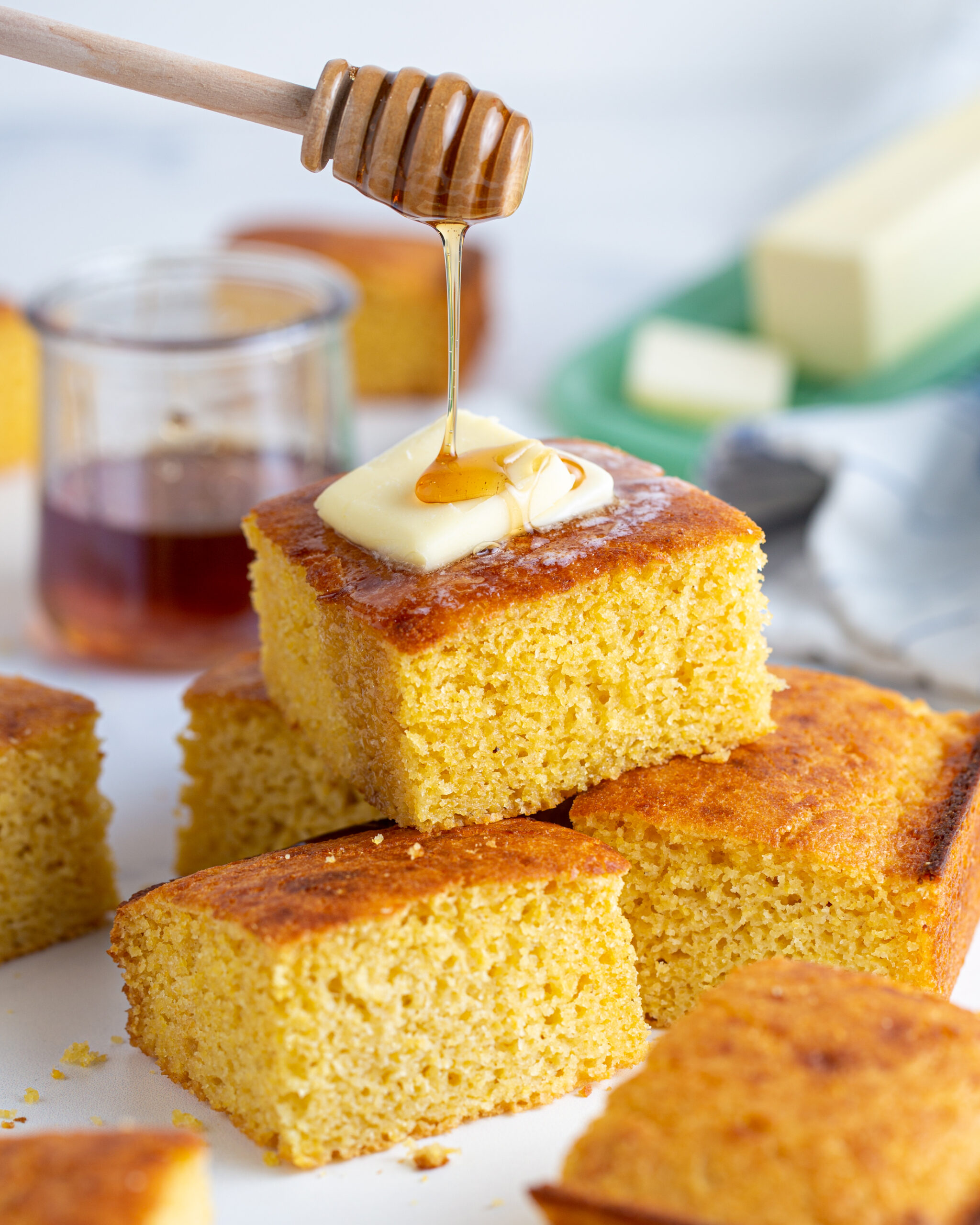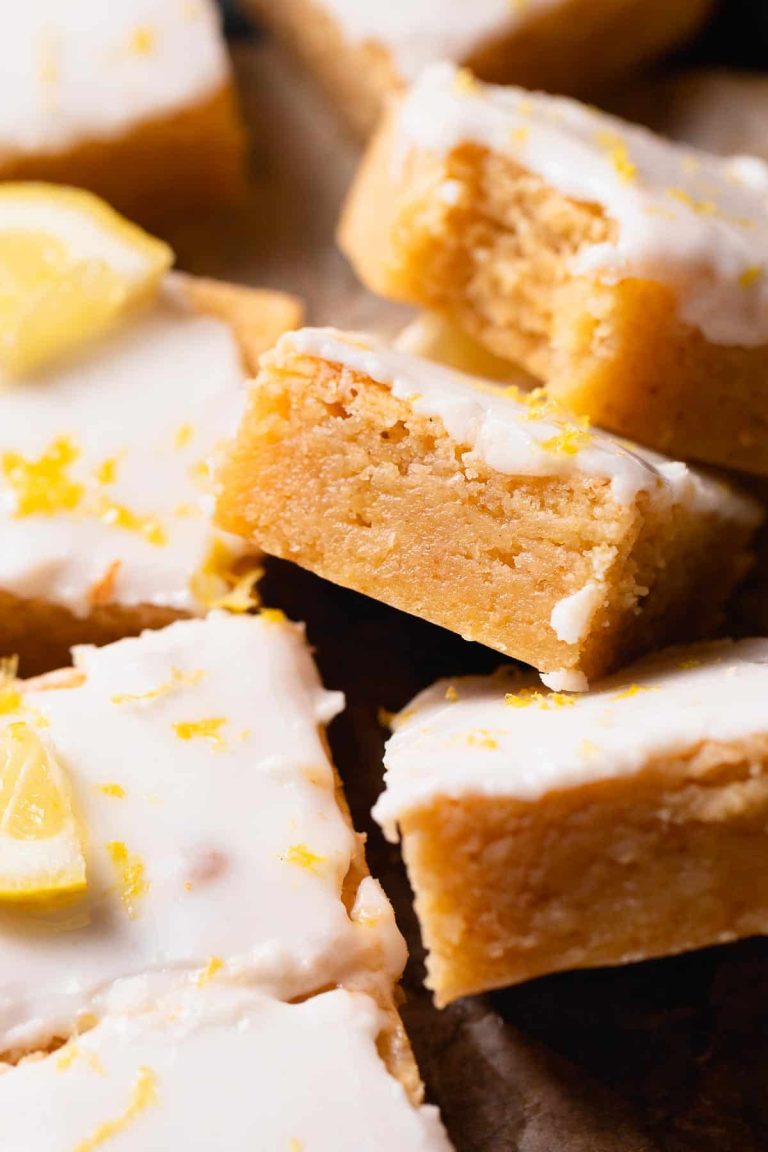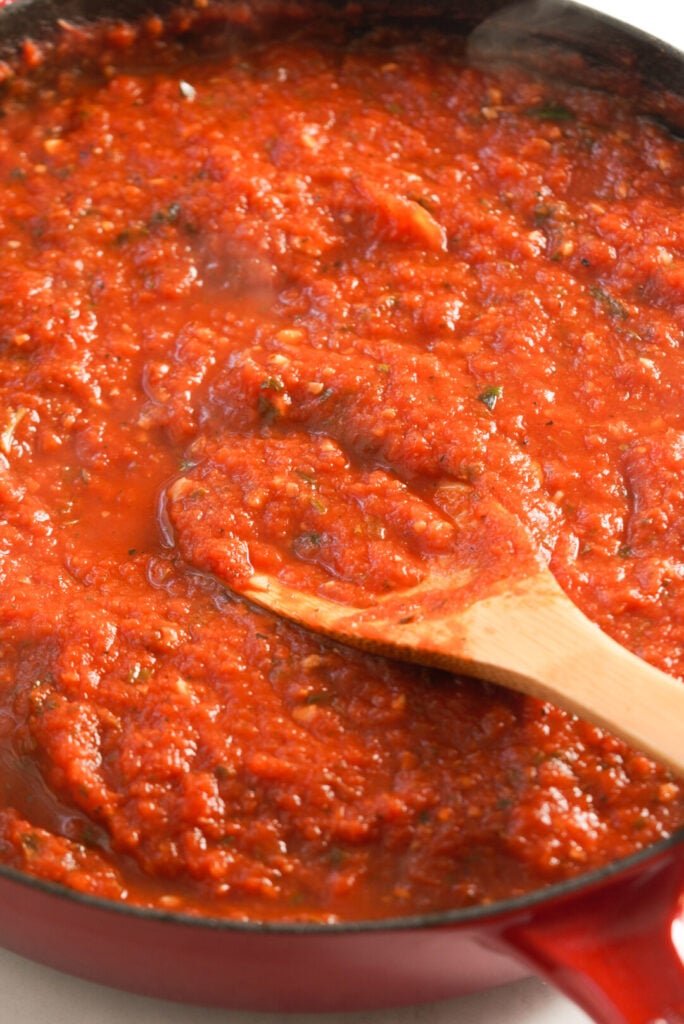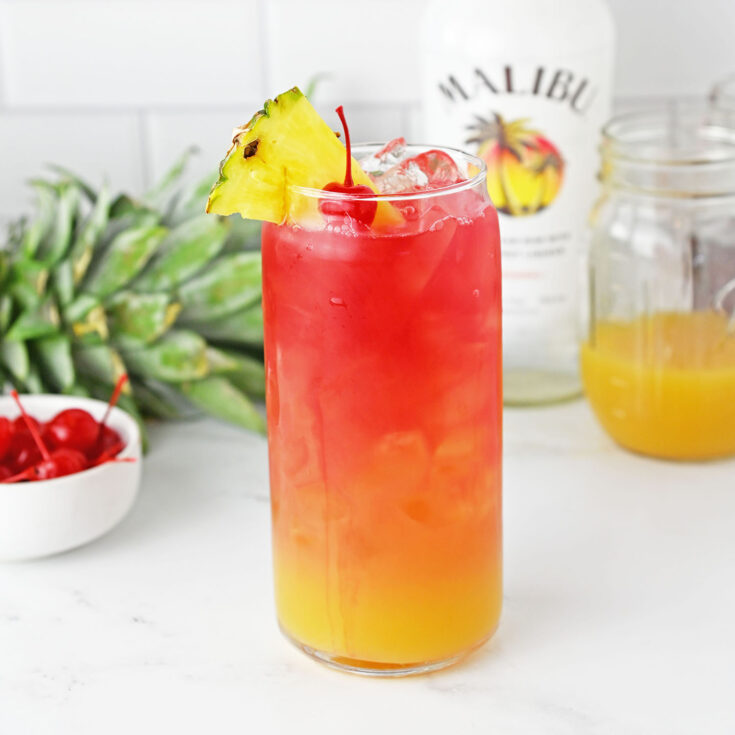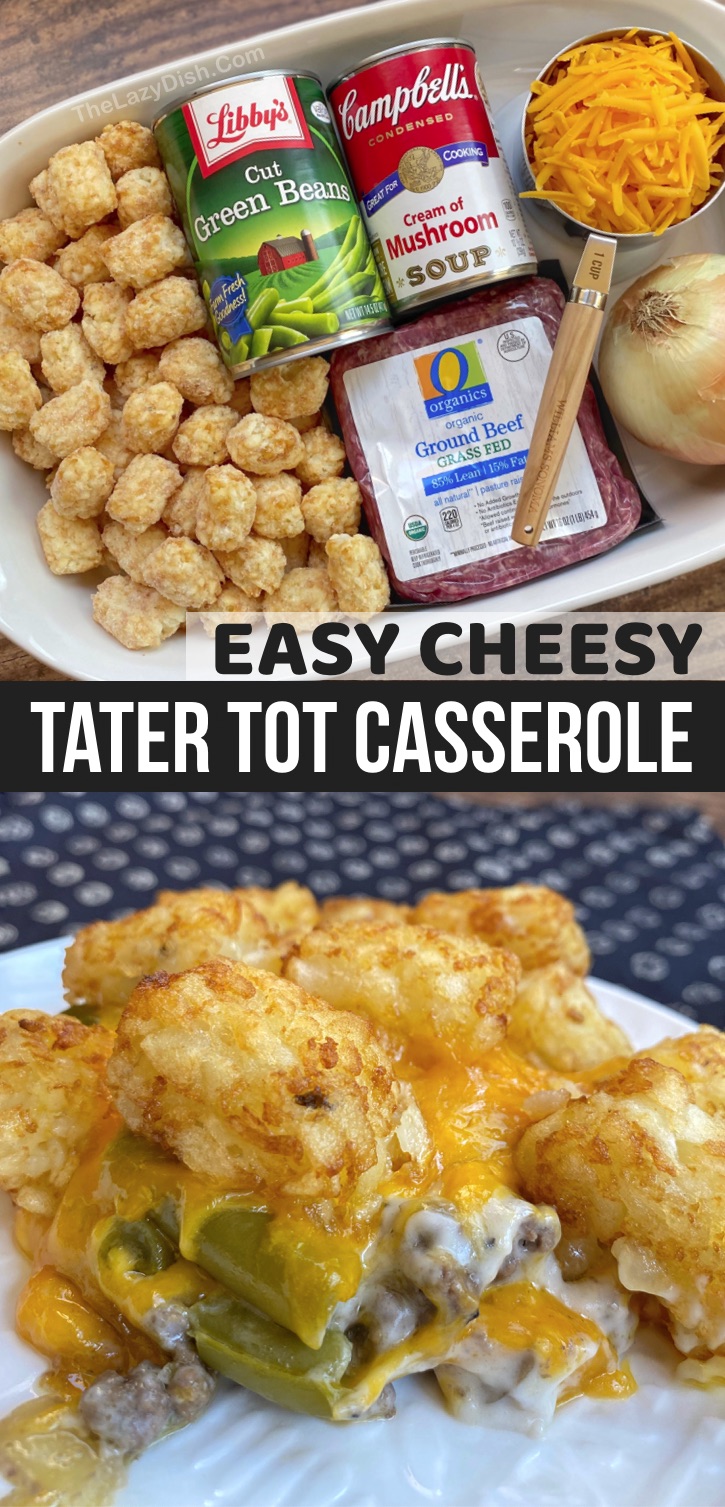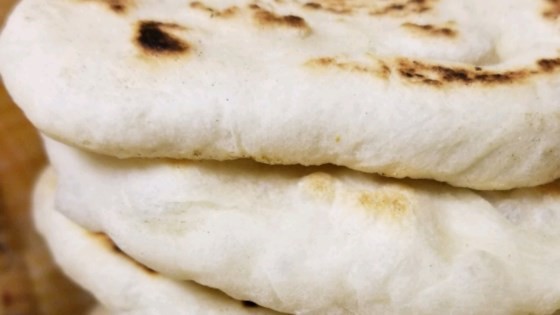Southern Cornbread History, Recipe, and Delicious Variations
Real Southern cornbread traces its origins to Native American cuisine, where early settlers adopted the use of cornmeal as a staple. In the 19th century, cornbread became a Southern staple due to its availability and affordability. Cornbread was made from white or yellow cornmeal, water, salt, and baking soda.
Southern families served cornbread daily, making it a central part of their meals. During hard times, cornbread provided essential nutrients and complemented meats, vegetables, and beans. Its simplicity and versatility contributed to its lasting popularity in Southern cooking.
Key Characteristics
Distinct features define real Southern cornbread. First, it uses minimal ingredients, primarily cornmeal, buttermilk, eggs, and fat. Second, it maintains a crunchy texture with a golden crust formed by baking in a hot, greased cast-iron skillet. Third, it’s unsweetened, unlike Northern variations, emphasizing the natural flavors of corn.
Real Southern cornbread keeps a dense, crumbly texture, different from the cake-like consistency found in other cornbread versions. Authentic recipes resist added flour or sugar, staying true to tradition. These key characteristics set real Southern cornbread apart, ensuring its place in the rich tapestry of Southern cuisine.
Ingredients Used in Real Southern Cornbread
Cornmeal Varieties
Cornmeal, the star ingredient in real Southern cornbread, comes in several varieties that impact the texture and flavor. Stone-ground cornmeal retains the hull and germ, providing a coarser texture and richer taste compared to regular cornmeal. White cornmeal is commonly used in Southern cornbread recipes for a lighter color and milder flavor. Yellow cornmeal offers a slightly sweet, robust flavor and creates a golden hue in the finished bread. Always opt for finely ground cornmeal to achieve the traditional crumbly texture of real Southern cornbread.
Importance of Minimalism
Minimalism is key in creating authentic Southern cornbread. Using just a few essential ingredients—cornmeal, buttermilk, eggs, and fat—allows the corn flavor to shine through without distractions. Buttermilk not only provides moisture but also reacts with the baking soda to help the bread rise. Eggs add structure and richness, while fat, often in the form of bacon drippings or melted butter, contributes to the characteristic moist crumb and golden crust. Avoid adding sugar, which is typical in Northern cornbread, to keep it true to its unsweetened Southern roots.
Preparing Real Southern Cornbread
Traditional Methods
Traditional Southern cornbread relies on a few essential techniques. Start by preheating a cast-iron skillet in an oven set to 425°F (218°C), ensuring an even bake and crispy edges. In a large bowl, mix 2 cups of finely ground cornmeal, 1 teaspoon of baking powder, and 1/2 teaspoon of baking soda. Whisk together 1 cup of buttermilk, 2 beaten eggs, and 2 tablespoons of melted fat (bacon drippings or butter) in a separate bowl.
Remove the hot skillet from the oven, carefully add 1 tablespoon of fat, and swirl to coat the bottom and sides. Combine the wet and dry ingredients until just mixed, then pour the batter into the skillet. Bake for 20-25 minutes or until the cornbread is golden brown and a toothpick inserted in the center comes out clean. Let it cool for a few minutes before slicing.
Modern Twists
While tradition holds strong, modern variations add unique flavors and ingredients. Consider incorporating whole corn kernels, diced jalapeños, shredded cheese, or a touch of honey for a subtle sweetness. For a healthier version, substitute half the cornmeal with whole wheat flour. Experiment with dairy-free alternatives like almond milk or coconut oil.
To make the cornbread fluffier, add 1/4 cup of sour cream or Greek yogurt to the wet ingredients. Use a muffin tin instead of a skillet for individual portions, adjusting the baking time to 15-20 minutes. Try mixing in herbs like rosemary or thyme for an aromatic twist. These innovations respect tradition while catering to diverse tastes, ensuring your cornbread remains a crowd-pleaser.
Comparing Southern Cornbread with Other Variants
Northern Cornbread Differences
Southern cornbread differs significantly from its Northern counterpart. You won’t find sugar in authentic Southern recipes, while Northern cornbread often includes it, resulting in a sweeter flavor. The texture also contrasts; Southern cornbread is crumbly and dense due to less flour but more cornmeal, but Northern variants are cake-like and moist, incorporating more flour and additional leavening agents. If you want to experiment with flavors, keep these regional differences in mind.
Cornbread Around the World
Cornbread isn’t unique to the United States. In Mexico, you’ll find cornbread in the form of “pan de elote,” a sweet, moist version incorporating fresh corn. Italy’s “polenta cake” showcases cornmeal with a dense yet moist texture, often served as a savory dish. African cuisines feature “mealie bread,” popular in South Africa, combining cornmeal with ingredients like buttermilk for a rich texture. Each of these variants reflects local ingredients and preferences, contributing diverse flavors to the broad cornbread spectrum.
Serving and Pairing Southern Cornbread
Classic Complements
Southern cornbread pairs well with various dishes, enhancing traditional meals. Serve it alongside collard greens to create a balanced texture contrast. Use it to sop up juices from slow-cooked dishes like pot roast or pork shoulder. Pair it with fried chicken for a classic Southern meal. Cornbread also works well with beans, as in dishes like black-eyed peas or pinto beans, adding flavor and crunch.
Creative Serving Ideas
Get creative while serving Southern cornbread to offer unique dining experiences. Turn cornbread into croutons for salads, adding a Southern twist. Use leftover cornbread to make a breakfast casserole by layering it with eggs, cheese, and sausage. Create cornbread stuffing for an innovative holiday side dish. For a sweet option, drizzle honey or maple syrup over warm cornbread for a delightful dessert.
Conclusion
Real Southern cornbread is more than just a side dish; it’s a testament to rich cultural heritage and culinary tradition. By sticking to simple, time-honored ingredients and techniques, you can create a dish that brings warmth and authenticity to your table. Whether you prefer a classic recipe or enjoy experimenting with modern twists, there’s no denying the versatility and appeal of this Southern staple. So, grab your cast-iron skillet and get ready to savor the unique flavors that make Southern cornbread a beloved favorite.
